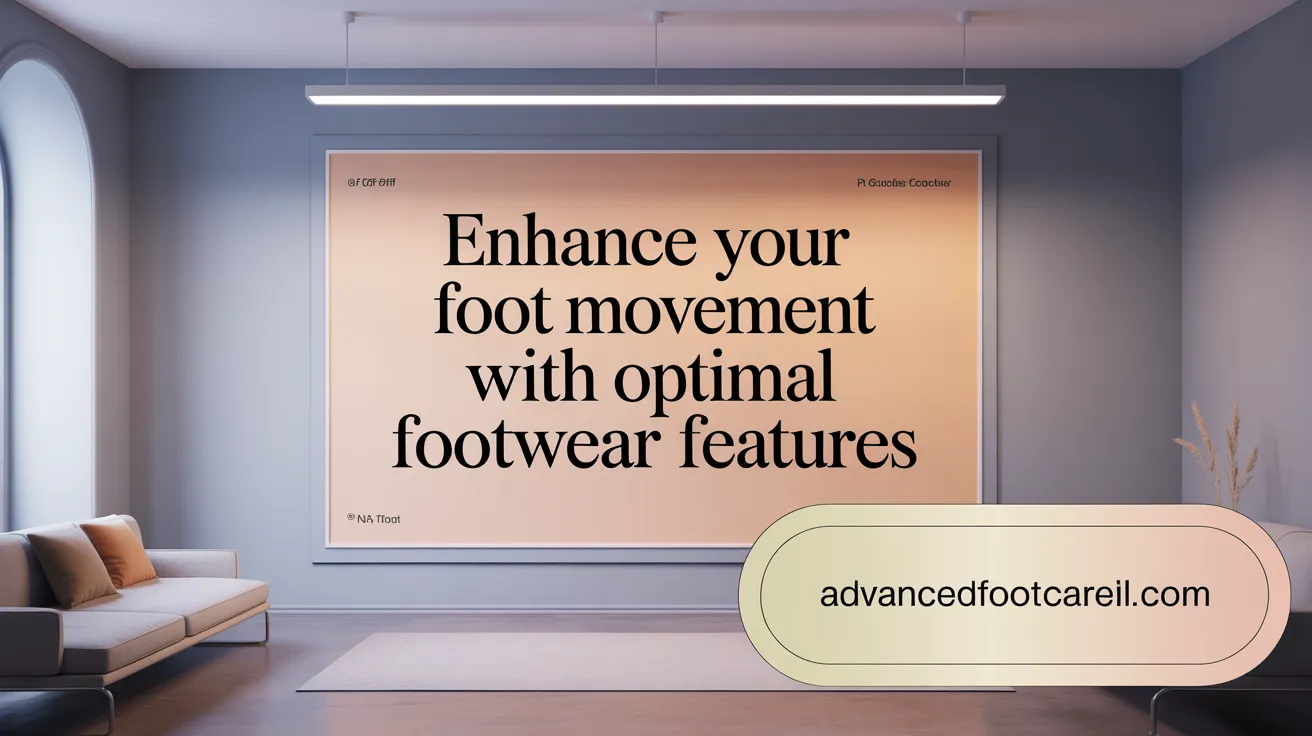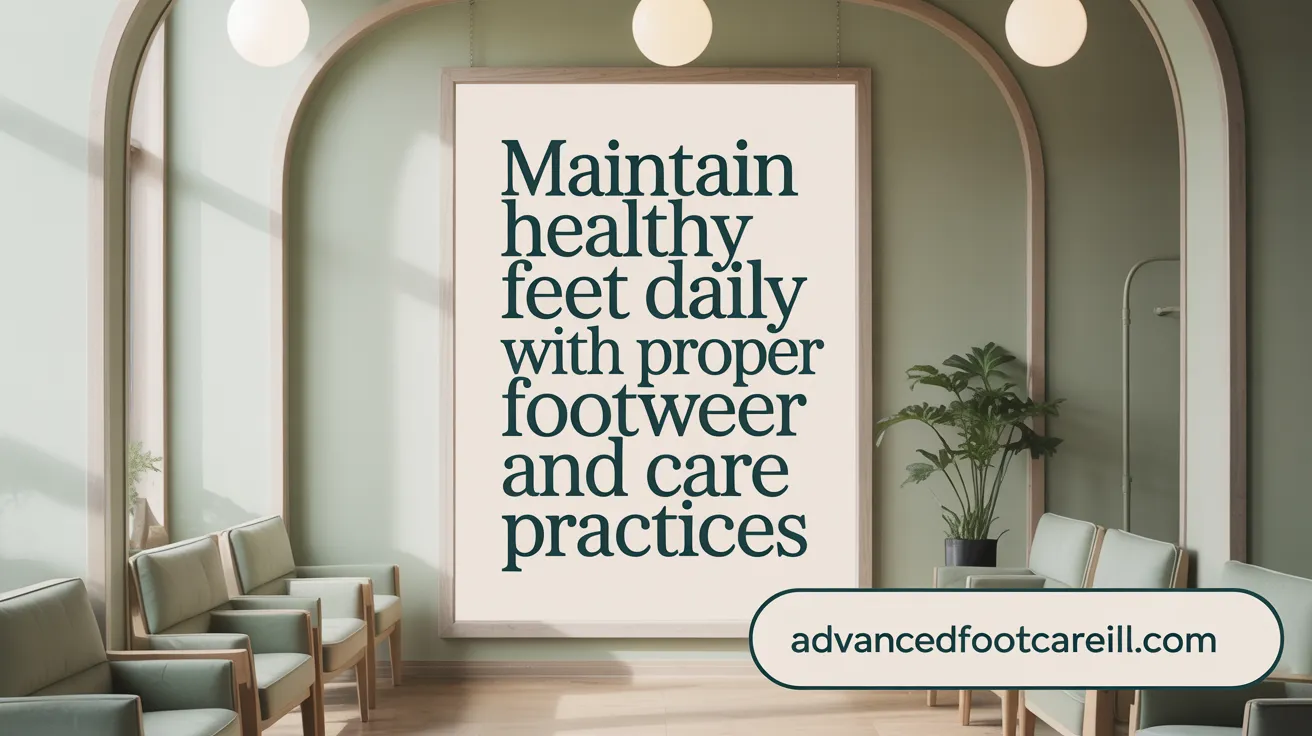Introduction: Why Footwear Matters for Foot Health and Injury Prevention
Footwear plays a crucial role in maintaining foot strength and overall health.
Shoes that fit well and provide the right support help the complex structure of the foot, which includes bones, joints, muscles, tendons, and ligaments, function properly. Proper footwear promotes natural foot mechanics, enabling better posture and reducing excessive strain on the foot and lower limbs.
Injury prevention is a critical benefit of wearing appropriate shoes.
Supportive footwear cushions impact forces and stabilizes the foot, reducing risks of common injuries such as plantar fasciitis, shin splints, sprains, and stress fractures. Features like proper arch support, suitable cushioning, and a correct fit help prevent deformities and overuse injuries by maintaining alignment and absorbing shock.
Overall, selecting footwear that matches foot shape, activity type, and individual needs is essential to safeguard foot health and prevent injuries effectively.
Key Characteristics for Comfortable and Supportive Footwear

What are the essential features to look for in footwear to ensure comfort and support?
Comfort stands out as the most crucial factor when selecting footwear, with most users highlighting it as their primary concern. Among the various attributes, cushioning receives overwhelming recognition, rated by 99% of participants as the most significant for both comfort and injury prevention. Cushioning plays a vital role in absorbing shock and reducing stress on joints and soft tissues.
In addition to cushioning, shoe width and forefoot stiffness significantly affect comfort. Shoes should have ample width to accommodate the widest part of the foot, typically the ball, ensuring no undue pressure or discomfort. A suitably stiff forefoot enhances stability, offering balanced support during motion.
The shape and flexibility of the toe box are equally important. A wide toe box allows natural toe splay, which supports balance, reduces the risk of deformities, and promotes overall foot health. Flexible soles paired with an accommodating toe box ensure unhindered natural foot movement.
Finally, arch height and foot motion considerations must be factored in for optimal support. Tailoring footwear to one's arch type—whether flat, high, or neutral—and addressing foot motion tendencies with features like medial posting can help manage biomechanical variations, preventing overpronation or excessive supination.
In summary, footwear that prioritizes cushioning, appropriate width, adequate forefoot stiffness, a spacious and flexible toe box, along with suitable arch support tailored to foot mechanics, offers the best balance of comfort and functional support essential for foot health and injury prevention.
Proper Shoe Fit: The Foundation of Healthy Feet

How does proper shoe fit contribute to maintaining foot strength and preventing injuries?
Proper shoe fit is essential for maintaining foot health and preventing various disorders such as bunions, calluses, hammertoes, and plantar fasciitis. Ill-fitting shoes can cause deformities and exacerbate existing foot problems. For more information on proper shoe fitting and supporting foot health, see these resources.
Importance of proper fitting
Choosing shoes that conform well to your feet helps distribute pressure evenly and supports natural foot mechanics, reducing the risk of overuse injuries and discomfort. This is crucial for preventing foot problems and ensuring proper posture and alignment.
Measuring feet at day’s end
Because feet tend to swell and increase in size during the day, they should be measured in the evening. This ensures the shoe size accommodates the largest foot dimensions accurately. Tips on accurate foot measurement and choosing correct shoe size can be found here.
Accommodating the larger foot
Most individuals have slight size differences between their two feet. Shoes should always fit the larger foot to prevent constriction and injury. This approach is recommended for proper shoe fitting and preventing foot issues.
Space allowance between toes and shoe
A space of approximately 3/8 to 1/2 inch should be maintained between the longest toe and the shoe’s front while standing to allow for natural foot expansion, especially during activity. This guideline supports preventing discomfort and injury.
Shape matching foot
The shoe's shape should closely resemble the contour of the foot, especially around the forefoot and ball area, to ensure comfortable fit and avoid pressure points. Understanding the importance of shoe shape and shoe upper impact on biomechanics is essential for this.
Importance of trying shoes on and walking in them
Trying shoes on and walking around helps to detect rubbing, chafing, slipping, or discomfort that might not be obvious when sitting. A good fit means no pinching and stable movement inside the shoe. These practices are recommended in guidance on proper shoe fitting and footwear's role in injury prevention.
Adhering to these fitting guidelines not only supports foot strength but also prevents injuries by allowing natural foot motion, adequate toe splay, and pressure distribution. For more on supporting foot strength and proper footwear in injury prevention, refer to these detailed resources.
The Role of Footwear in Supporting Foot Strength and Movement

How do minimalist and barefoot footwear options support foot muscle strength and proper movement?
Footwear designed to mimic barefoot conditions plays a significant role in enhancing foot muscle strength and encouraging proper movement patterns. These shoes typically feature minimal material between the foot and ground, allowing direct sensory feedback that activates intrinsic foot muscles more effectively. Minimalist shoes and barefoot footwear with features like low stack height, zero heel-to-toe drop, and a wide toe box promote natural gait and proper posture, supporting foot health significantly. Learn more about Best Barefoot Shoes of 2025 and the biomechanical changes during running and foot exercises with minimalist shoes.
Key elements include a low stack height, often between 2 to 15 millimeters, with zero heel-to-toe drop. This design promotes a natural foot strike and alignment, which supports improved posture. A wide toe box permits natural toe splay, essential for balance and healthy foot mechanics, preventing crowding and deformities.
Flexible soles in minimalist footwear allow the foot to bend and move naturally, supporting dynamic foot function throughout activities. To ease the transition to such footwear, many people keep removable insoles during initial use, which gradually lower support as the foot adapts and strengthens.
Foot core strengthening through exercises
Complementing minimalist shoe use with daily foot exercises enhances foot strength and stability. Simple routines such as short foot exercises, toe spreads, and single-leg balances target intrinsic muscles that support the arch and foot structure. Find detailed info on foot anatomy and functions and strengthening exercises and evidence for intrinsic foot muscle strengthening through foot core exercises.
Strengthened foot muscles improve shock absorption and joint alignment, reducing injury risk. Together, the footwear and exercise approach promote biomechanical improvements during walking and running, leading to better foot health and mobility.
Footwear Features that Reduce Injury Risk and Support Recovery

What footwear features help reduce injury risk and aid in recovery after foot problems?
Cushioning is essential for shock absorption and plays a vital role in reducing stress on joints and connective tissues. Well-cushioned shoes help prevent common injuries such as plantar fasciitis, shin splints, and ankle sprains by evenly dispersing impact forces during movement. Enhanced shock absorption supports safer, more comfortable activity and recovery by minimizing damage to vulnerable tissues (Proper footwear for injury prevention, Cushioning for comfort and injury prevention, The role of footwear in injury prevention).
Orthotic support further enhances footwear functionality. Custom-made or off-the-shelf orthotics improve foot alignment, distribute pressure evenly across the foot, and significantly increase comfort. They are particularly beneficial for managing sports-related conditions like Achilles tendinitis, metatarsalgia, and ankle instability, promoting healing and preventing recurrent injuries (Orthotic support for foot conditions, Proper footwear for foot health).
Choosing shoes that correspond to individual foot types is also critical. Those with flat feet benefit from shoes offering structured arch support to prevent overpronation, while people with high arches require footwear with extra cushioning to compensate for the reduced natural shock absorption (Choosing the Right Shoes, Supportive running shoes, Proper footwear for injury prevention).
Timely shoe replacement is paramount for maintaining footwear effectiveness. Athletic shoes typically require replacement after 300 to 500 miles of use or when noticeable wear reduces cushioning and support. Worn-out shoes increase the risk of injury due to diminished shock absorption and structural integrity (Foot and ankle injury prevention for runners, Signs to replace shoes).
Selecting activity-specific footwear ensures adequate support and injury prevention. Running shoes provide cushioning and motion control for repetitive impact, hiking boots offer stability and traction for uneven terrain, and sport-specific shoes deliver tailored protection for the demands of various athletic activities. Proper match between footwear and activity enhances performance and reduces foot and ankle injury risks (Choosing the right footwear, Supportive running shoes, Proper footwear for injury prevention.
Maintaining Foot Health Through Footwear and Routine Care

What practices alongside proper footwear help maintain foot strength and prevent injury?
Maintaining healthy feet requires a combination of well-fitted footwear and consistent foot care practices. Daily foot strengthening exercises are essential for building muscle strength and improving stability. Simple routines such as toe raises, short foot exercises, and single-leg balance drills help reinforce the intrinsic muscles, promote arch support, and enhance proprioception, reducing injury risk (strengthen your feet daily routine, foot core exercises, Exercises for foot problems).
Proper footwear fit should be monitored throughout the day since feet naturally swell and change size. Shoes that maintain a snug but comfortable fit, especially around the widest part of the foot and allowing adequate toe room, help prevent excessive pressure and deformities. It is advised to try on shoes later in the day when feet are largest to ensure proper fit (Proper shoe fitting, Choosing the Right Shoes, Properly fitting athletic shoes).
Recognizing when shoes are worn out is crucial in foot health maintenance. Signs like reduced cushioning, flattened soles, uneven wear patterns, and fabric tears indicate a loss of support and shock absorption, increasing the chance of foot and ankle injuries. Regular replacement of footwear helps maintain the biomechanical function needed for foot alignment and comfort (Best shoes for healthy feet, The role of footwear in injury prevention, Proper footwear for injury prevention.
Preventive foot care involves daily foot inspections to detect early signs of issues, routine stretching to maintain flexibility, and employing recovery techniques such as toe spacers and textured massages to relieve tension and improve circulation. These strategies preserve foot function and prevent fatigue (Choosing the right footwear, strengthen your feet daily routine).
When foot pain persists or deformities like bunions or hammertoes develop, consulting healthcare professionals such as podiatrists or orthopedic surgeons is important. Experts provide diagnosis, tailored treatment plans, and possibly recommend minimally invasive foot surgery options if needed, ensuring optimal foot health and mobility (Minimally Invasive Foot Surgery, Minimally Invasive Bunion Treatment).
By integrating proper footwear selection with strengthening exercises and vigilant foot care, individuals can effectively maintain foot health and prevent common injuries (Footwear comfort importance, Choosing the Right Shoes.
Conclusion: Investing in the Right Footwear Is Essential for Strong and Injury-Free Feet
Importance of Proper Footwear Selection
Choosing the right footwear is crucial for maintaining foot health, providing comfort, and preventing common foot and ankle conditions. Properly fitting shoes accommodate foot shape and size, especially accounting for the largest foot and changes throughout the day. Features like adequate cushioning, arch support, and a wide toe box reduce strain and prevent deformities such as bunions and hammertoes.
Footwear's Role in Strength and Injury Prevention
Supportive and well-constructed shoes help maintain natural foot mechanics, promoting stability and alignment throughout the kinetic chain. Athletic shoes tailored to specific activities improve shock absorption, reduce overuse injuries, and provide ankle stability. Transitioning towards minimal or barefoot-style shoes can strengthen foot muscles and improve natural gait by allowing toe splay and flexibility.
Encouragement for Proactive Foot Care
Regular foot assessments, proper shoe selection, and replacement of worn footwear are vital for ongoing foot health. Incorporating foot exercises and consulting healthcare professionals ensure targeted care and timely intervention. Investing thoughtfully in footwear and foot care contributes to enhanced mobility, injury prevention, and overall quality of life.
